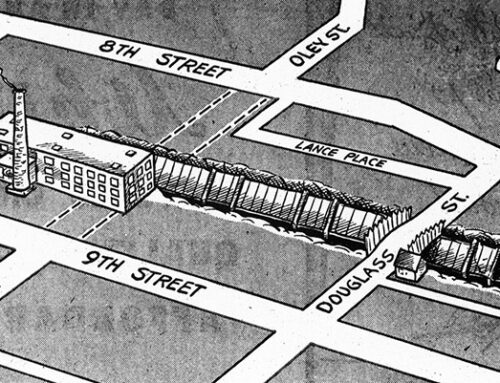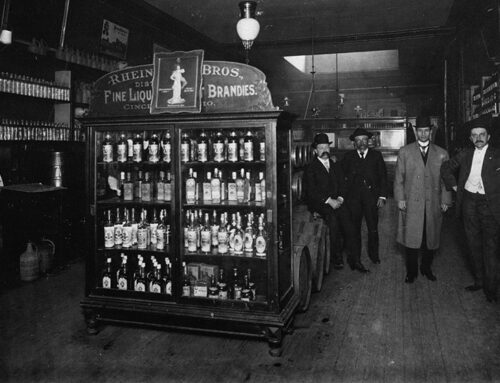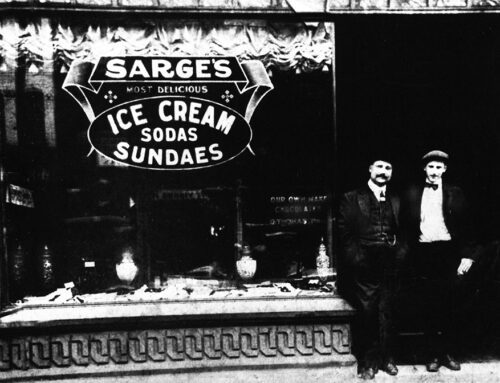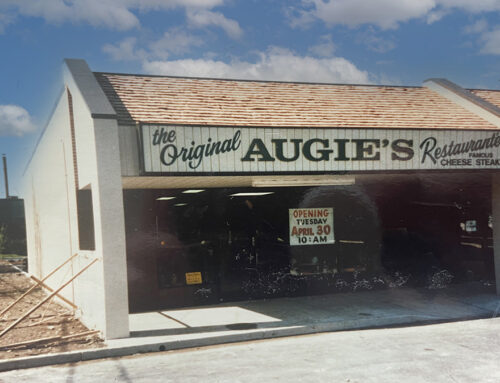Neversink Mountain, and its counterpart, Mt. Penn, are composed of Hardyston quartzite which being resistant to the atmospheric agencies, has been reduced more slowly than the adjacent limestones and so form steep hills or mountains rising 600 to 800 feet above that portion of the valley in which the city of Reading is located.
Around 1903, some men digging sand pits on the Michael Haak estate in East Reading came upon a layer of sienna interbedded with Hardyston quartzitie sandstone. The true character of the material was not recognized at first and thus ignored. But when it was finally realized the product was high-grade sienna, immediate steps were taken to make the most of the situation.
The Michael Haak estate once encompassed about 229 acres in East Reading beginning at a point what is now Thirteenth and Chestnut streets on the west and going as far east as Nineteenth street. On the north the farm was bounded by what is now Mineral Spring Road and on the south by the base of Neversink Mountain.
Prior to World War I impressive quantities of mineral pigments were mined and processed in the Reading and Berks area. While most went into the making of paint, substantial amounts had been used to color linoleum and oil cloth. The earth tones obtained in our local area were part of a great “natural pigment belt” that runs in a line between Reading and Easton.
Sienna is an unusually high grade ocher (iron) pigment. As marketed in its raw condition years ago, it was a deep yellow. When burned in a kiln, it turns dark red.
Prior to World War I, the only active mining site in the entire state was located on the Neversink Mountain primarily on the northern slope facing East Reading on the Michael Haak estate.
C. K. Williams and Co., of Easton, obtained the mineral rights by leasing the land. Tunneling commenced about 100 feet below the mountain crest, between 14th and 17th streets.
Below: East Reading in 1909. The mine shaft went 800 feet into the mountain and was a source of high grade sienna pigment used in paints. The enlarged view shows Haak’s Sienna Mine with building whose ruins are still evident today. (Thomas Warren Sears Photo).


For a period, every box of Crayola crayons had a bit of Neversink in it. From about 1904 to 1909, C. K. Williams sold “Reading sienna” to another Easton-based concern, Binney and Smith, longtime manufacturers of Crayola-brand crayons.

A visitor to the mountain in August 1910 noted that at that time, the only sienna mine site being worked (by two men) was operated by Mrs. Clara Lance, an heir of Michael Haak, who resided at 122 N. Fourth St. Yearly pigment yield was between 125 and 200 tons. When last operated, the mine was known as Lance’s or Haak’s mine.






Leave A Comment